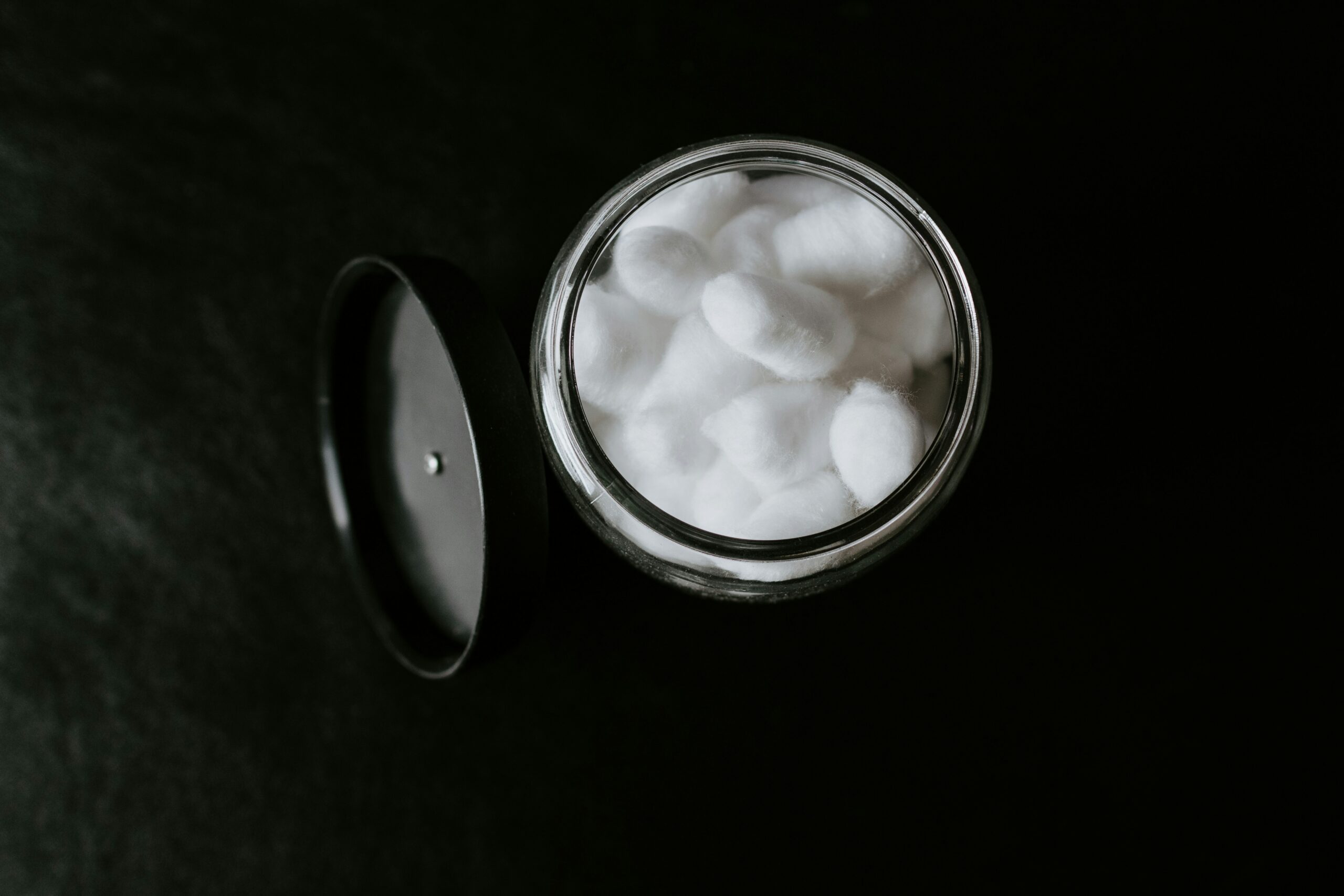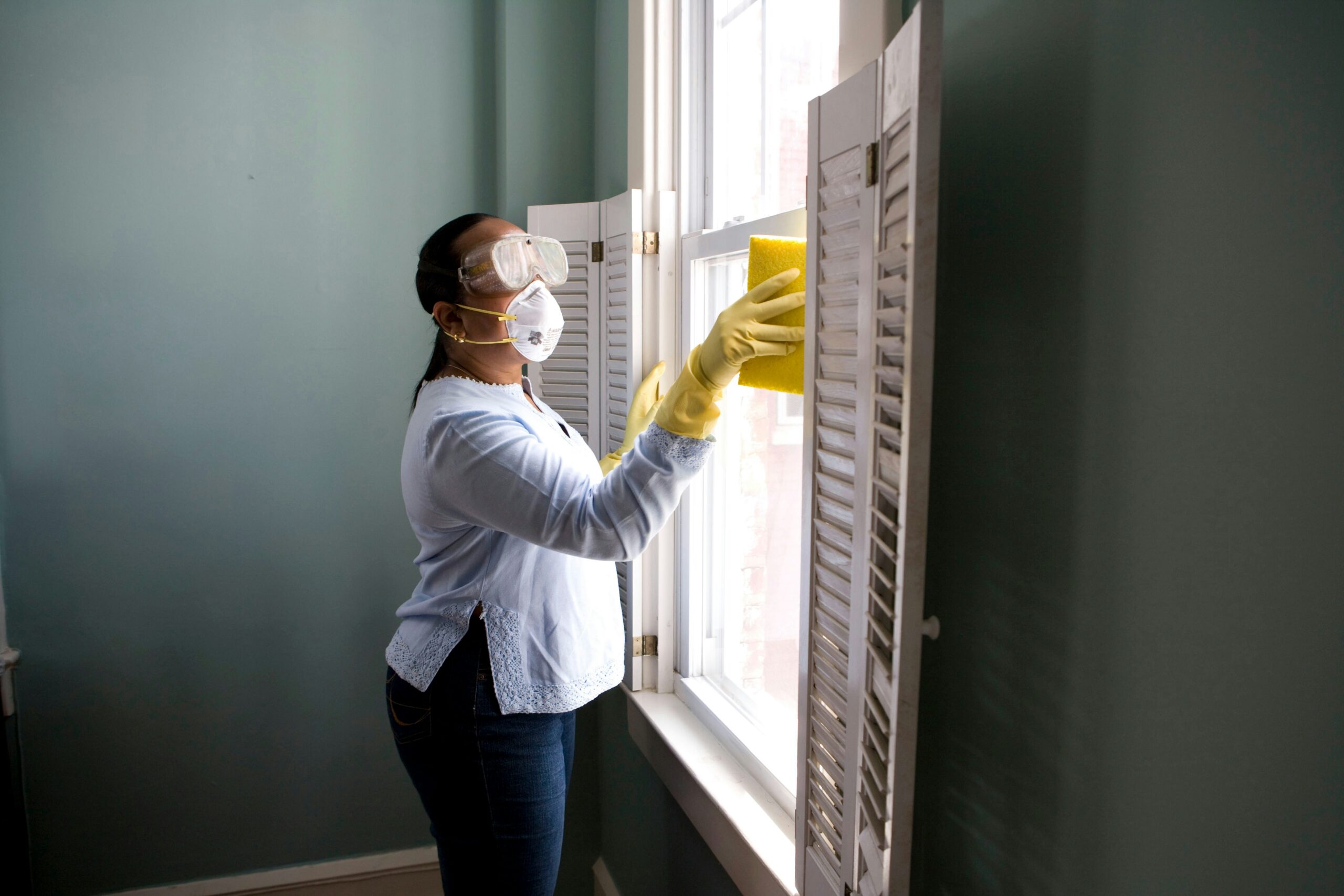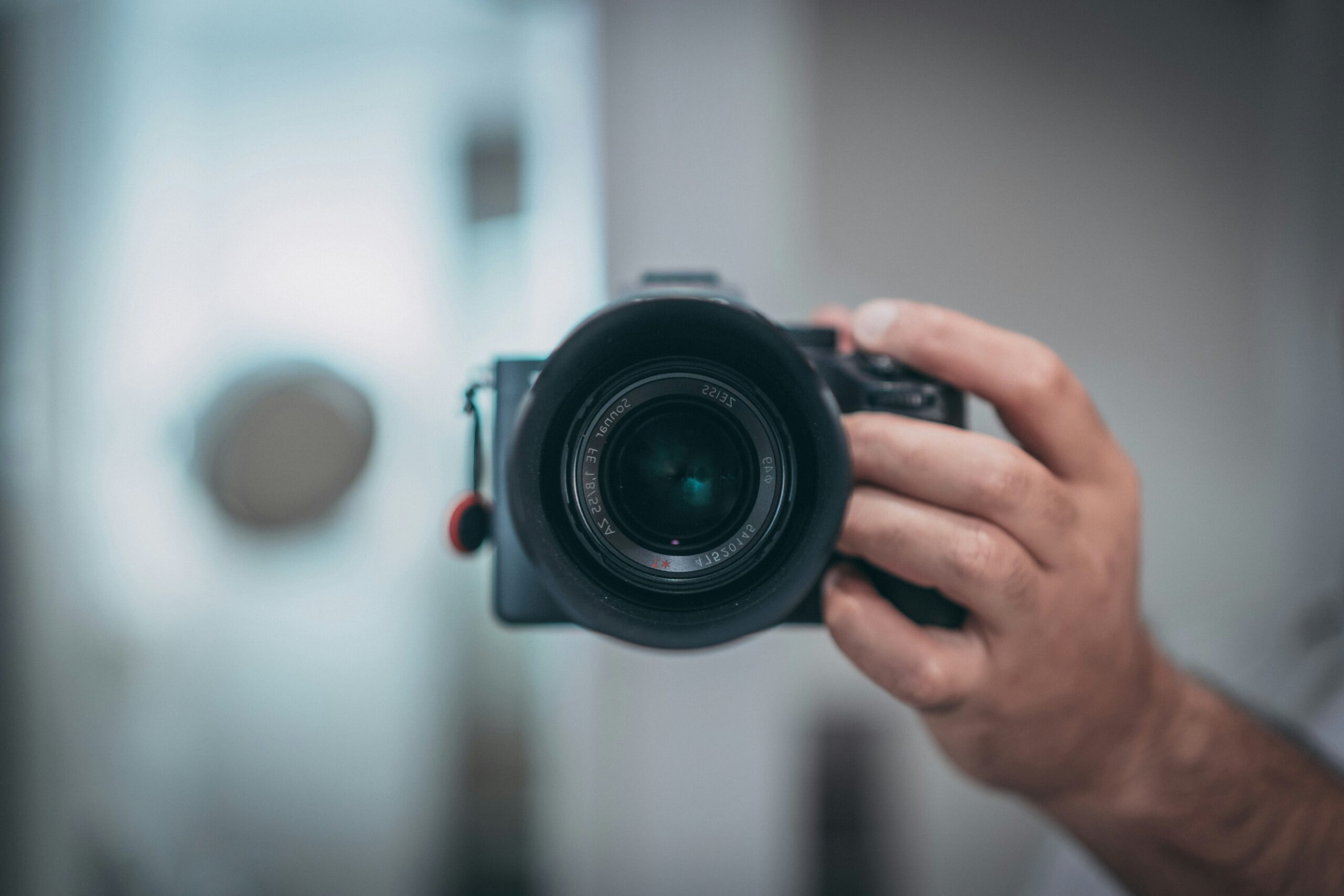You love observing the vibrant plumage of birds through your trusty binoculars, but over time, you may notice inevitable smudges and dirt on the lenses hindering your viewing experience. Fear not, for there is a simple and effective solution to keeping those lenses crystal clear! In this article, we will explore the best way to clean the lenses of your beloved birding binoculars, ensuring optimal clarity and preserving your enchanting birdwatching adventures for years to come.

Understanding the Importance of Clean Lenses
Having clean lenses is crucial for maintaining the optimal performance of your birding binoculars. Dust and dirt can negatively affect the quality of your viewing experience and even lead to permanent damage to the lenses. Understanding the impact of dust and dirt on lens performance, the effect on image quality, and the risk of permanent lens damage will highlight the importance of regular lens cleaning.
Effect of Dust and Dirt on Lens Performance
Dust and dirt particles that accumulate on your binocular lenses can interfere with the passage of light, resulting in a decrease in image clarity and brightness. These particles can obstruct your view, making it harder to spot birds and appreciate their details. Furthermore, the accumulation of dust and dirt can affect the function of the focusing mechanism, leading to difficulties in adjusting the binoculars for precise viewing.
Impact on Image Quality
Clean lenses are essential for capturing sharp, vibrant, and true-to-life images of the birds you observe. When the lenses are dirty, the image quality can be compromised, resulting in reduced sharpness, contrast, and color accuracy. By regularly cleaning your binocular lenses, you can ensure that you are capturing the finest details and enjoying the true beauty of the avian species you encounter.
Risk of Permanent Lens Damage due to Improper Cleaning
Improper cleaning techniques can cause irreparable damage to your binocular lenses. It is essential to understand the correct methods and tools to use when cleaning your lenses to avoid scratching, smudging, or even delaminating the lens coatings. By taking proper care of your lenses through safe and effective cleaning practices, you can extend their lifespan and enjoy the best possible viewing experience.
Gathering Necessary Cleaning Supplies
Before starting the cleaning process, ensure you have all the necessary supplies to effectively and safely clean your binocular lenses. Having the right tools on hand will make the task easier and more efficient.
Essential Items for Lens Cleaning
The essential items you will need for cleaning your binocular lenses include:
- A blower or brush for gentle removal of loose dust particles
- A suitable cleaning solution specifically designed for optical lenses
- Microfiber cloths for proper lens cleaning without scratching or leaving residue
- Absorbent pads or cloths for quick and proper drying of the lenses
Relevance of Specific Cleaning Solutions
Using suitable cleaning solutions is crucial for safely and effectively removing dirt and smudges from your binocular lenses. Avoid using household cleaners or solvents, as they can damage the lens coatings. Instead, opt for cleaning solutions specifically formulated for lens cleaning, as they are designed to remove oils, fingerprints, and other debris without causing harm to the lenses.
Safe Materials for Lens Touch-up
While cleaning solutions and cloths are the primary tools for lens cleaning, it is important to avoid using materials that can potentially scratch or damage the lenses. Avoid using paper towels, tissues, or any abrasive materials. Stick to microfiber cloths or lens cleaning tissues specifically designed for optical surfaces. These materials are soft and lint-free, ensuring a gentle cleaning without leaving behind any scratches.
Initial Dust Removal from Lenses
Before proceeding with the actual cleaning process, it is essential to remove any loose dust particles from your binocular lenses. This step will minimize the risk of scratching the lenses when applying cleaning solutions.
Using a Blower or Brush for Gentle Removal
Using a blower or brush designed for lens cleaning is an effective and safe way to remove loose dust particles from your lenses. Gently blow air onto the lenses or use a brush with soft bristles to sweep away the dust. Be careful not to press too hard or use excessive force, as this can potentially scratch the lenses.
The Importance of Never Using Your Breath or Dry Cloths
It is essential to avoid using your breath or dry cloths to remove dust from your binocular lenses. Your breath contains moisture and oils that can smudge the lenses, and dry cloths can potentially scratch the surface. Stick to using blowers or brushes specifically designed for lens cleaning to ensure a safe and effective initial removal of dust.
Ensuring Complete Dust Removal Before Progressing
Take the time to thoroughly inspect your lenses after the initial dust removal. Use a bright light source, such as a lamp or flashlight, to illuminate the lenses and check for any remaining dust particles. It is important to ensure that the lenses are completely free of dust before proceeding with the cleaning process, as any retained particles can potentially scratch the lenses during the next steps.
Effective Use of Lens Cleaning Solutions
Once you have removed the loose dust from the lenses, it is time to use a suitable cleaning solution to remove dirt, oils, and smudges. Understanding how to choose the proper cleaning solution, apply it safely, and avoid damage from aggressive scrubbing will ensure a successful and safe cleaning process.
Choosing the Proper Cleaning Solution
When selecting a cleaning solution for your binocular lenses, opt for a specifically formulated lens cleaner that is safe for use on optical surfaces. Avoid using household cleaners or liquids that are not designed for lens cleaning, as they can damage the lens coatings and compromise the clarity of your view. Always read the instructions and ensure that the cleaning solution is suitable for the type of lenses you have.
Applying the Cleaning Solution Safely
To apply the cleaning solution, place a small amount on a clean microfiber cloth or a lens cleaning tissue. Gently wipe the lenses in a circular motion, starting from the center and moving outward. Be careful not to apply excessive pressure, as this can smudge or scratch the lenses. Ensure that the cloth or tissue is damp but not soaked with the cleaning solution to avoid any excessive moisture on the lenses.
Avoiding Damage from Aggressive Scrubbing
It is crucial to avoid aggressive scrubbing or rubbing when cleaning your binocular lenses. Scrubbing with excessive force can scratch the lenses or damage the lens coatings. Remember to be gentle and patient during the cleaning process. If there are stubborn smudges or marks that do not easily come off, proceed with caution and try other methods specifically designed for handling persistent stains.

Utilizing Microfiber Cloths for Cleaning
Microfiber cloths are widely regarded as the best tool for cleaning optical lenses due to their soft and lint-free properties. Knowing how to properly use a microfiber cloth, when to replace it, and how to care for it will ensure effective and safe lens cleaning.
How to Properly Use a Microfiber Cloth
To clean your binocular lenses with a microfiber cloth, follow these steps:
- Fold the microfiber cloth into a small, manageable size.
- Gently wipe the lenses in a circular motion, starting from the center and moving outward.
- Use light pressure and avoid excessive rubbing.
- If necessary, repeat the process until the lenses are clean and free of smudges.
- Inspect the lenses under a bright light source to ensure there are no streaks or residues.
Frequency of Cloth Replacement
Microfiber cloths are highly effective for lens cleaning, but they can accumulate dirt and oils over time. To maintain optimal cleaning performance and avoid transferring dirt back onto the lenses, it is important to replace the microfiber cloth regularly. As a general guideline, consider replacing the cloth after a few months of use or when it becomes visibly dirty or worn.
Proper Care and Cleaning of the Microfiber Cloth
Taking proper care of your microfiber cloth will prolong its lifespan and ensure its effectiveness in cleaning your binocular lenses. Avoid washing the cloth with fabric softeners, detergents, or bleach, as these substances can leave behind residues that can harm the lenses. Instead, wash the cloth with a mild detergent specifically designed for microfiber materials. Allow the cloth to air dry or use a low-heat setting if using a dryer.
Handling Persistent Stains or Marks
While regular cleaning should effectively remove most stains or marks on your binocular lenses, there may be instances where stubborn dirt or smudges persist. Identifying resistant dirt marks, understanding appropriate methods for tough stains, and knowing when to seek professional help are essential for maintaining clean and clear lenses.
Identifying Resistant Dirt Marks
Resistant dirt marks are typically visible on the lenses even after a thorough cleaning. These marks can include fingerprints, oils, or stubborn debris. If you notice any remaining marks that affect your viewing experience, it is important to address them using appropriate methods without causing damage to the lenses.
Appropriate Methods for Tough Stains
When dealing with tough stains on your binocular lenses, it is crucial to proceed with caution and employ suitable cleaning techniques. One effective method is using a lens cleaning solution specifically designed for removing stubborn smudges or oils. Apply the cleaning solution to a microfiber cloth or lens cleaning tissue and gently rub the affected area in a circular motion. Avoid using excessive force or aggressive scrubbing, as this can scratch or damage the lenses. If the stain persists, it may be best to seek professional assistance.
When to Seek Professional Help
In cases where persistent stains or marks prove to be difficult to remove or if you are unsure about how to handle the cleaning process, it is recommended to seek professional help. Professional lens cleaning services have the expertise and specialized equipment to safely and effectively clean your binocular lenses. They can remove stubborn stains without causing damage, ensuring the optimal performance of your birding binoculars.

Proper Drying of Binocular Lenses
After cleaning your binocular lenses, proper drying is essential to prevent water spots and maintain optimal clarity. Knowing why quick and proper drying is important, techniques for preventing water spots, and the use of drying tools such as absorbent pads or cloths will ensure that your lenses remain in pristine condition.
Why Quick and Proper Drying is Essential
Allowing moisture to sit on your binocular lenses for an extended period can result in water spots and potentially damage the lens coatings. Quick and proper drying is crucial to maintain the clarity and performance of your lenses. By ensuring that the lenses are completely dry before storing or using the binoculars, you can prevent the formation of water spots and maintain optimal visual quality.
Techniques for Preventing Water Spots
To prevent water spots on your binocular lenses, consider the following techniques:
- Use absorbent pads or cloths to gently pat dry the lenses after cleaning.
- Allow the lenses to air dry in a clean and dust-free environment.
- Avoid wiping the lenses with a dry cloth immediately after cleaning, as this can potentially cause streaks or smudging.
Use of Drying Tools such as Absorbent Pads or Cloths
To aid in the proper drying of your binocular lenses, you can utilize absorbent pads or cloths. These materials are designed to quickly absorb moisture without leaving behind lint or residues. Simply place the absorbent pads or cloths on the lenses and lightly press down, allowing them to absorb any remaining moisture. Remember to be gentle to avoid scratching or damaging the lenses during the drying process.
Caring for the Housing of the Binoculars
While cleaning the binocular lenses is essential, it is also important to pay attention to the housing of the binoculars. Keeping the casing and focusing knob clean and free from dust and moisture will ensure the longevity and functionality of your birding binoculars.
Cleaning the Casing and Focusing Knob
To clean the casing and focusing knob of your binoculars, follow these steps:
- Use a soft, lint-free cloth or brush to remove any loose dust or debris from the surface.
- If there are stubborn stains or marks, lightly dampen the cloth with water or a gentle cleaning solution and wipe the affected areas.
- Avoid applying excessive moisture and ensure that the casing and focusing knob are completely dry before storing or using the binoculars.
- If the binoculars are waterproof or water-resistant, you can rinse the casing and focusing knob under running water, but take care to avoid submerging or getting water inside the binoculars.
Preventing the Entrance of Dust and Moisture
To prevent the entrance of dust and moisture into your binoculars, consider the following measures:
- Invest in a protective case or pouch to store your binoculars when not in use.
- Avoid exposing your binoculars to extreme temperatures or high humidity, as this can promote the buildup of moisture inside the optics.
- Always keep the lens caps on when your binoculars are not in use to protect the lenses from dust, dirt, and potential scratches.
- When using your binoculars in challenging weather conditions, consider using lens covers or rain guards to shield the lenses from moisture.
Avoiding Damage During Cleaning
When cleaning the casing and focusing knob of your binoculars, it is important to avoid harsh cleaning solutions or abrasive materials that can damage the surface or remove protective coatings. Stick to gentle cleaning techniques using soft, lint-free cloths or brushes, combined with a mild cleaning solution if necessary. Avoid excessive moisture and ensure that the casing and focusing knob are dry before using or storing the binoculars.
Establishing Routine Cleaning Schedule
Regular cleaning of your binocular lenses is essential for maintaining their durability and optimal performance. Establishing a routine cleaning schedule based on factors such as frequency of use and environmental conditions will ensure that your lenses are consistently clean and in the best condition for birding adventures.
Determining the Frequency of Cleaning
The frequency of cleaning your binocular lenses can vary depending on several factors, including how often you use the binoculars and the conditions in which they are used. As a general guideline, aim to clean the lenses whenever you notice a decrease in image quality or when they become visibly dirty or smudged. By regularly inspecting and cleaning your lenses, you can maintain their performance and prevent the buildup of stubborn stains or dirt.
How Regular Cleaning Affects Durability
Regular cleaning of your binocular lenses can significantly impact their durability. By removing dirt, oils, and other debris, you are preventing the accumulation of substances that can potentially damage the lens coatings or affect the overall clarity of your view. Routine cleaning also enables you to address any potential issues or damages early, allowing for timely maintenance and repair if necessary.
Understanding When It’s Time to Clean Your Lenses
Understanding the signs that indicate it’s time to clean your binocular lenses is essential for maintaining their optimal performance. Consider the following indicators:
- Decreased image clarity or brightness
- Smudges or fingerprints on the lenses
- Visible dirt or debris on the lenses
- Difficulties in focusing or adjusting the binoculars
By paying attention to these signs and promptly addressing them through regular cleaning, you can ensure that your lenses are always in the best condition for birding.
Safety Considerations for Binocular Lens Cleaning
While cleaning your binocular lenses is a routine task, it is essential to prioritize safety and take precautions to prevent any accidental damage. Understanding potential hazards during cleaning, taking necessary precautions, and acknowledging the limitations of do-it-yourself cleaning will help you maintain the integrity of your binoculars.
Avoiding Potential Hazards during Cleaning
To avoid potential hazards during binocular lens cleaning, consider the following precautions:
- Handle your binoculars with care and avoid subjecting them to unnecessary force or impact.
- Keep cleaning solutions and other liquids away from the internal components of the binoculars to prevent damage.
- Avoid touching the lenses with your fingers, as the oils on your skin can smudge or damage the lens coatings.
- Work in a clean and well-lit area to ensure visibility and minimize the risk of accidents or mishandling.
Precautions to Prevent Accidental Damage
Taking the necessary precautions when cleaning your binocular lenses can help prevent accidental damage. Remember to:
- Read and follow the instructions provided with the cleaning solutions and tools to ensure proper usage.
- Use gentle and controlled motions when cleaning lenses to avoid excessive pressure or scratching.
- Avoid using excessive moisture when cleaning the lenses, as water can seep into the internal components and cause damage.
- Be mindful of the surroundings and potential hazards such as sharp objects or rough surfaces that can scratch or damage the lenses.
Understanding the Limitations of Do-it-Yourself Cleaning
While regular cleaning of your binocular lenses is important, it is crucial to understand the limitations of do-it-yourself cleaning. Complex or severe issues such as deep scratches, delamination, or internal damage may require professional assistance. If you encounter any problems that are beyond your cleaning capabilities or have concerns about the integrity of your binoculars, consult a reputable optical professional for advice and assistance.
In conclusion, understanding the importance of clean lenses, gathering the necessary cleaning supplies, effectively removing initial dust, using lens cleaning solutions, utilizing microfiber cloths, handling persistent stains, properly drying the lenses, caring for the housing of the binoculars, establishing a routine cleaning schedule, prioritizing safety considerations, and acknowledging the limitations of do-it-yourself cleaning are all crucial aspects of maintaining the optimal performance and longevity of your birding binoculars. By following proper cleaning techniques and being mindful of potential hazards, you can ensure that your lenses remain clean, clear, and ready for your next birdwatching adventure.
